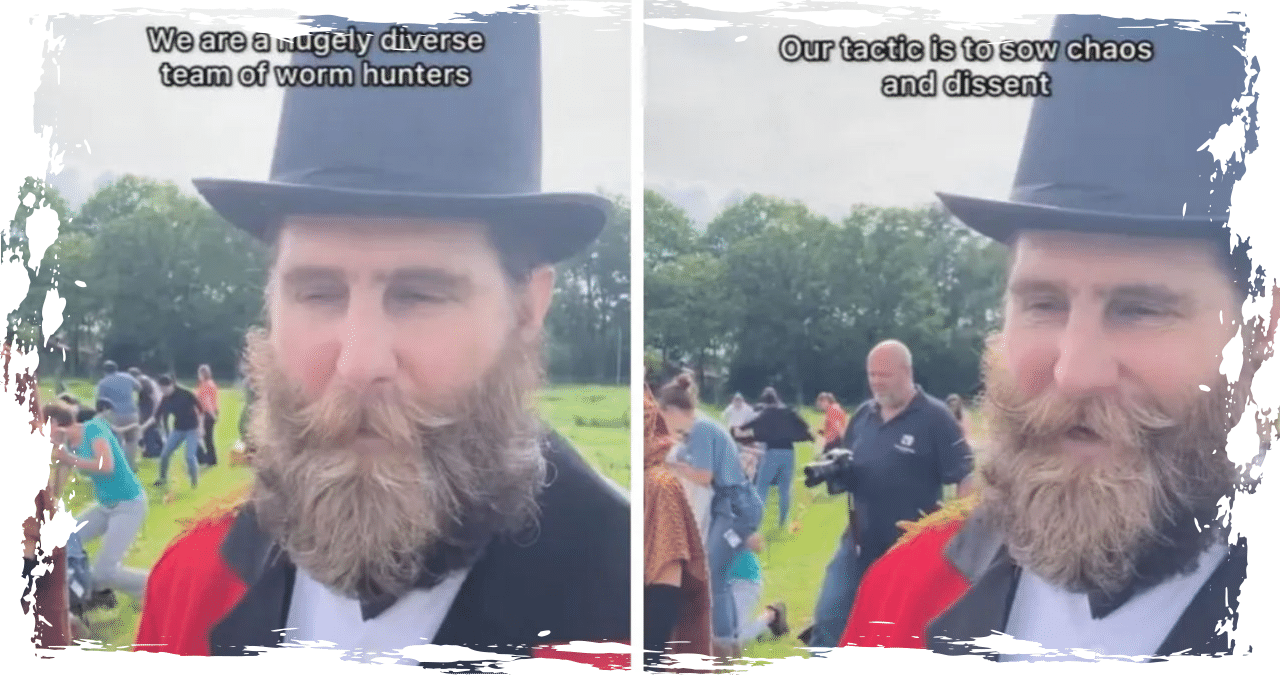The art of worm charming, although not a potential Olympic sport, has gained a significant following in England since its inception in 1980. One of the most esteemed events in this unique field is the annual worm charming championship held at the Wageningen campus in the Netherlands. It makes me curious about when this captivating activity will make its way to the United States.
The Wageningen event aims to attract the maximum number of worms from the ground by using a pitchfork to create vibrations. Participants in this unique competition employ various techniques, such as dances, chants, and playful antics, to enhance the effectiveness of the pitchfork vibrations. It is important to note that each team may have its own approach, as what works for one may not necessarily work for another.
Each team participating in the competition is assigned a plot of land to work on. In the Wageningen event, the plots are 3 by 3 meters in size, which is slightly larger than 3 by 3 yards in US measurements. This translates to approximately ten feet wide and ten feet deep. The first Wageningen Worm Charming Championship took place in 2017, and since then, it has become a beloved event on campus.
The Boring Part Of The Wageningen Worm Charming Championship
Jan Willem van Groenigen, a Professor of Soil Biochemistry, is the driving force behind the competition. His main goal is to generate interest in Soil Biochemistry by studying the connections between worms and soil quality. However, there is an additional motive behind his efforts. He has set up a “worm hotel” in one of the Bornsesteeg buildings, a dormitory-style structure, and is actively seeking long-term guests. His aim is to accommodate every species of worm found in the Netherlands in the various “rooms” of his hotel. These worms also serve as valuable research subjects for students and scientists at the university.
The Organic Experimental and Teaching Farm at Droevendaal boasts a field that serves as the backdrop for an exciting competition. Ecologists and soil scientists form teams, and they are encouraged to showcase their talents, foster camaraderie, and unleash their creativity. Initially, the competition featured ten scientific teams primarily from Wageningen. However, as the years go by, Professor Van Groenigen envisions expanding the event to include secondary school students. Who knows, we may even witness one of the professor’s future students right here on the field!



